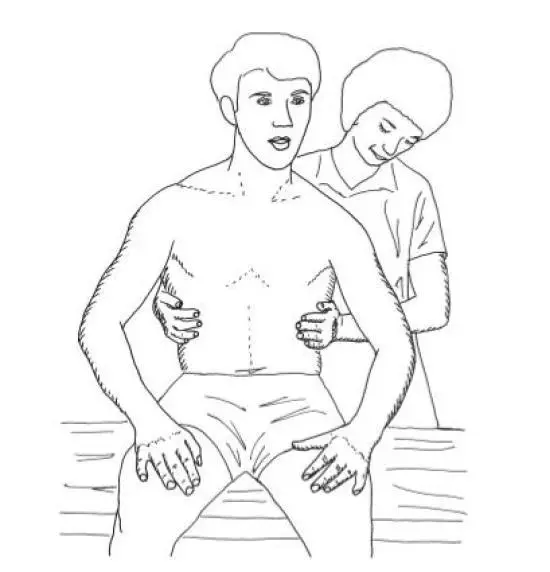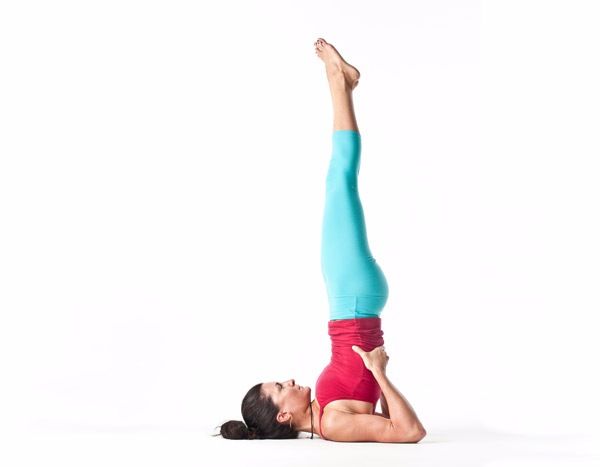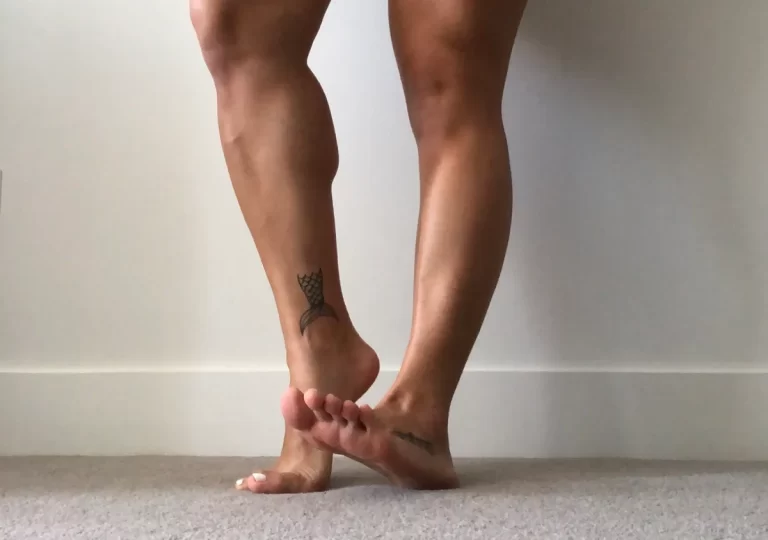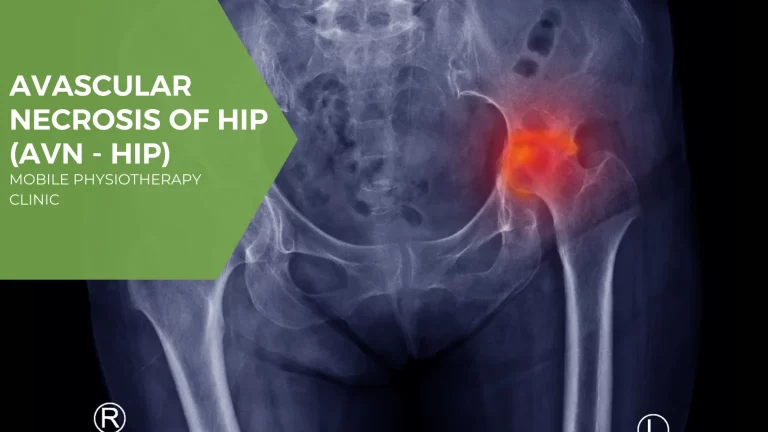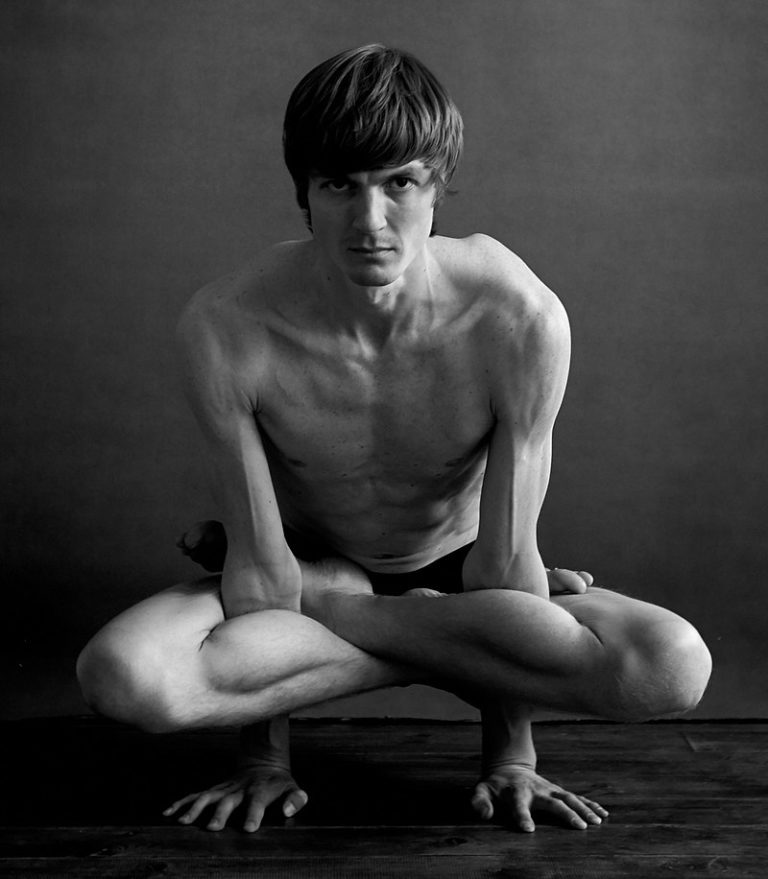Segmental Breathing Exercise
Table of Contents
What is a Segmental Breathing Exercise?
Segmental breathing exercise are performed throughout a specific area of the chest to facilitate oxygenation and movement around a specific segment of the lung. It will usually fulfill conditions like hypoxemia, fibrosis around the chest, pain after surgery, scar around the trunk, pneumonia, and post-mastectomy. it will be necessary to expand to a particular area such as lung and chest wall segments.
Chest segment has three lobes:
1]upper segment
2]middle segment
3]apical segment
segmental breathing exercises usually perform to clear the secretion of all three segments of the chest.
Types of Segmental Breathing Exercise
- Lateral costal expansion
- Posterior basal expansion
- Right middle lobe expansion(lingual expansion)
- Apical expansion
Lateral costal expansion
it is also called lateral basal expansion.
it is usually done unilaterally or bilaterally.
It can also be done in sitting or lying.
Position
Place your hand on the lateral aspect of the rib cage and encourage the patient to breathe out. As the patient expires, the rib cage should be downward and inward. Apply pressure to the rib cage with your hands.
To assist the external intercostal contraction, extend downward and inward to the chest before inhalation.
Apply normal force to the lower rib cage to be stimulated, and the patient will be deeply inspirited and their chest will expand. when the patient expires therapist will squeeze the rib cage downward and inward
The patient may execute it manually and request that force be applied using his hand or a towel. Chronic bronchitis, emphysema, and other lung conditions cause lateral costal enlargement.
Posterior basal expansion
This type of deep breathing exercise emphasizes post-surgical maneuvers for those who are bedridden and cannot sit up for lengthy periods of time. because of that time, secretion moves to the posterior segment of the lower side of the rib.
Sit on a cushion and lean forward, gently bending your hips.
place the therapist’s hand over a posterior segment of the rib, and place your hand lateral aspect of the rib cage. Instruct the patient to exhale, and the rib cage should be angled downward and inward.
As the patient expires, the therapist should apply palm pressure to the rib cage before inspiration, and you should push the chest downward and inward to aid the external intercostal contraction.
When applying regular effort to the lower rib cage to excite the patient, the patient becomes deeply inspirited, and the chest expands.
When the patient expired therapist will squeeze the rib cage downward and inward.
The patient may perform indirectly by asking to apply force with his hand or a towel.
Right middle lobe expansion(lingual expansion)
When the patient is seated, the therapist’s hand should be on the right or left side, just below the axilla. ask the patient to exhale and the rib cage should be lowered when the patient exhales, the therapist should press the chest with the palm of his hand.
To assist the external intercostal contraction, extend downward and inward to the chest before inhalation. Apply normal force to the lower ribcage to be stimulated the patient is inhaled deeply and the ribcage expands. when the patient expires therapist will squeeze the rib cage downward and inward.
The patient can do it on his own and requires applying force by hand or with a towel.
Apical expansion
The patient is in a seated position in a chair or the therapist’s hand in bed should be below the clavicle.
As the patient breathes out apply pressure with the palm or fingertip just below the clavicle this procedure is used in patients diagnosed with pneumothorax after surgery.
Indication of Segmental Breathing Exercise
- cystic fibrosis
- bronchiectasis
- lung abscess
- chronic obstructive pulmonary dialed
- neuromuscular diseases
- atelectasis
- acute or chronic lung disease
- airway obstruction
- pneumonia
- any condition involving the lungs
- postoperative pain
- shortness of breath
- cough and sputum in the lungs
Contraindication of Segmental Breathing Exercise
pain and discomfort due to injury
- increased intracranial pressure
- head and neck injury
- hypertension
- Any type of fracture around the chest
- if the patient has an abdominal incision
- recent breast surgery
- airway obstruction
- weakness of the diaphragm and intercostal muscles
Treatment Procedure:
1. segmental breathing technique
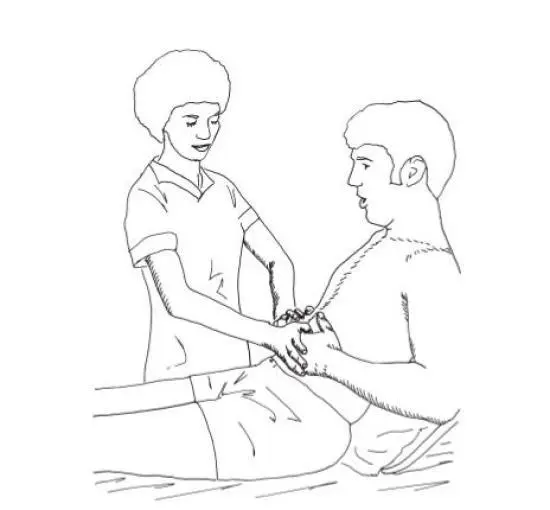
Patient position; sitting, half lying down.
Therapist position: Walk in a standing position.
Procedure:
segmental breathing, also known as local expansion, is an exercise used to improve ventilation and oxygenation. This exercise presumes that inhaled air can be actively directed to a specific area of the lung.
Highlight and increase the movement of the ribcage covering this lung area. This exercise is best to try to improve the local expansion of the lungs and use manual back pressure to the thorax to encourage expansion of this specific area of the chest in the hope of improving the ventilation of a particular part of the lung.
segmental breathing techniques include the following steps:
Surface landmarks outlining the affected area have been identified.
Two hands are placed on the chest wall above the bronchopulmonary segment(s) to be treated.
Pressure has certainly been applied to this area at the end of the patient’s exhalation maneuver. (Pressure must be equal and bilateral)
In order to try and direct the air they are inhaling toward the therapist’s hand, the patient is told to take a deep breath through their lips.
Hand pressure was reduced as the patient was inspired. (At the end of the inhalation, the therapist’s hand does not press on the chest.)
The patient is asked to hold their breath for 2-3 seconds after inhalation.
The patient is instructed to exhale.
This sequence is repeated until the patient can perform the breathing maneuver correctly. Exercises progress by letting the patients their own hands or belt to perform the program independently.
2. Active cycle breathing technique:
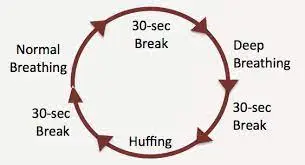
Patient position; sitting, lying, or side-lying.
Therapist position: Walk in a standing position.
Procedure:
The cycle of active breathing techniques can be performed while sitting, lying down, or lying on your side. At first, you should start in a sitting position until you feel comfortable and confident trying different positions. Plenty of evidence supports its effectiveness in seated or gravity-supported positions. A minimum of ten minutes in each production station is recommended.
ACBT can be performed with or without the support of a person who provides vibration, percussion, and shaking.
3. Breath Control Techniques:
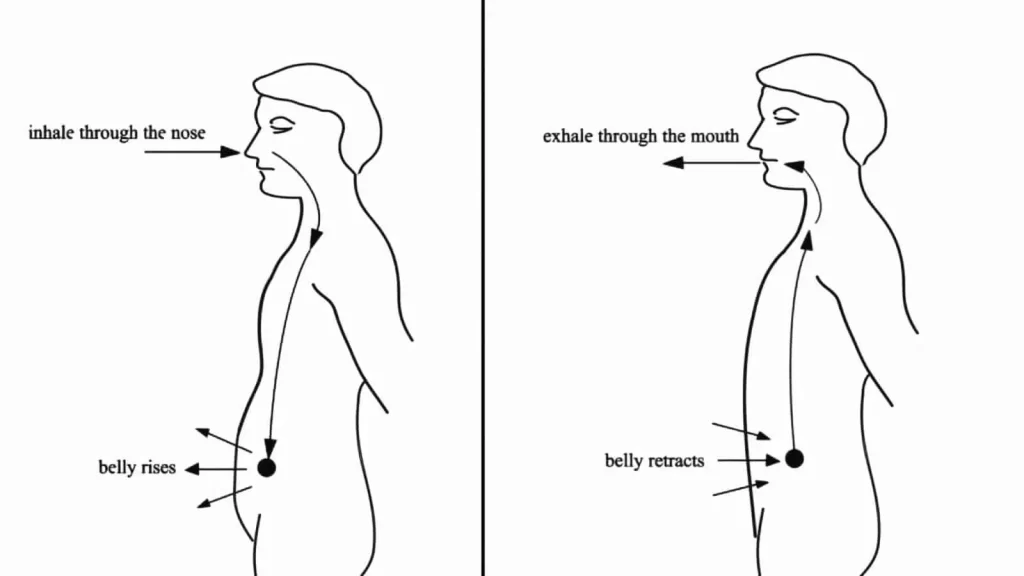
The patient is asked to inhale and exhale gently through the nose if possible. Otherwise, breathe through your mouth. Ask the patient to release any tension in the body with each exhale and keep the shoulders relaxed. Slow down your breathing gradually. Patients are asked to close their eyes to help focus their breathing and relax. Breath control should be maintained until the person is ready to proceed to the next stage of the cycle.
4. Thoracic expansion exercises:
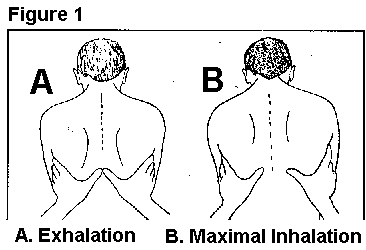
The patient is instructed to maintain his or her shoulders and chest relaxed. At this point, the patient takes a long, slow, deep breath through the nose if possible. Hold the breath in the lungs for 2-3 seconds at the end of the inhalation before releasing (this is known as a pause in inspiration). Exhale slowly and relax, like a sigh. Repeat 3-5 times. If the patient feels dizzy, they should return to the respiratory control phase of the cycle.
5]Forced expiratory technique:
The patient is asked to blow and cough at different controlled lengths to move the mucus to the larger airways. This air-breathing should be repeated until all the slime is expelled from the lungs.
Summary
According to the findings of this study, two weeks of segmental breathing exercises had a greater effect on chest expansion and pulmonary function than deep breathing exercises in pleural effusion.
FAQs
The segmented body has various benefits, including the freedom of mobility for individual body parts, the ability to regenerate certain species of creatures, and the ability to conduct high-level motor functions. Organisms can move about and protect themselves from danger thanks to their segmented bodies.
In respiratory problems, segmental breathing techniques are utilized to support or improve the expansion of constrained lungs. This method aims to influence the stretch reflex process-related mechanism variation. Rapid stretching of the external intercostal muscles aids in contraction.
The lung segments extend to the periphery with the bronchi as the base. There are ten segments in the right lung (three in the upper lobe, two in the middle lobe, and five in the lower lobe) and eight (four in the upper lobe and four in the lower lobe of the left lung).
The therapist’s hand is put on the chest region to be enlarged for segmental breathing exercises. Patients are encouraged to take deep breaths and preferably “blow air” into the chest area where the therapist applies tactile stimulation.
This will prevent fluid accumulation around the chest, reducing paradoxical respiratory movement.
Improves chest mobility.
To avoid swelling around the chest.
Improves vital capacity of lung function.
cough relief. strengthen the muscles of the diaphragm.
airway obstruction
pneumonia
any condition involving the lungs
pain after surgery
short of breath

